English is complex and we need to teach reading in a structured way, from simple to complex. Unfortunately, there is no avoiding high-frequency words with spellings the children haven’t learnt yet because they are present in even the simplest of sentences, e.g. ‘The cat is on the mat’. In the very first sentences children read they will come across words like ‘the’, ‘is’ and ‘has’, which all have sound/spelling correspondences they won’t have been taught yet. The word ‘the’ has two sounds /th/ and /e/ (schwa sound), ‘is’ and ‘has’ have the spelling ‘s’ that is pronounced /z/and not /s/, which is different from the sound children will learn initially.
How how should we treat these high-frequency words?
Different programmes approach these words in different ways. Some call them ‘tricky’ but this inaccurate as they are only ‘tricky’ for a short time. As soon children can read them, they stop being tricky. Other programmes call them ‘red words’ or ‘heart words’ which indicates that they should be treated differently from other words on the page. Some call them ‘irregular’ but they soon become ‘regular’ once the children have learned enough of the Alphabetic Code to decode them. In the UK, they are called ‘common exception words’ which has never really been taken on. Yes, they are common, but what is exceptional about them? They are not exceptional words at all. They simply have complex spellings children will learn at a later stage.
Least helpful is the approach that calls these high-frequency words ‘sight words’, indicating that they are not decodable and therefore need to be memorised whole, by their shape. This means that teachers are teaching children that some words are decodable and some are not. This is not, in fact, true as all words are decodable because we can read them. We need to return to the Alphabetic Principle: letters are symbols that represent sounds in words. When we teach children to read words by shape, we are saying that the Alphabetic Principle does not apply to these words – but it does!
When we teach children to read, we give them the keys to unlock the code by teaching them how it works. We teach them the sound/letter correspondences and how to fit them together to construct (blend) words and how to deconstruct (segment) them when they the spell them. All words in English are decodable because we unlock the Alphabetic Code when we read them. Some have complex and rare spellings but we do know what they are. As children learn more of the code, they will be able to read all of these high-frequency words.
Here are a few examples of scripts that are not decodable. So far, archaeologists have been unsuccessful in unlocking the code for these scripts.
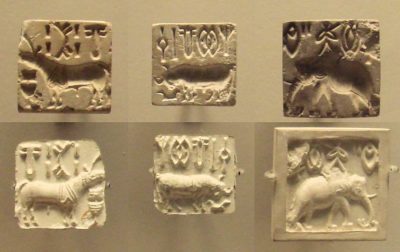
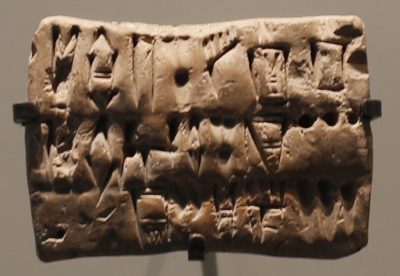
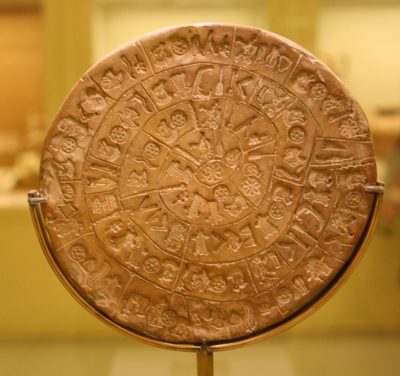
Below, on the left is a biblical text in Hebrew. Next, is the alphabetic code for Hebrew. Some people can read this with ease. For others it will be inaccessible. As the Simple View of Reading shows (Tumner and Gough 1986), in order to read and comprehend a language one needs two elements: to understand the language orally, and to be able to decode words at speed (using the code for that language). Believe it or not Hebrew is actually a lot easier to learn to read than English!
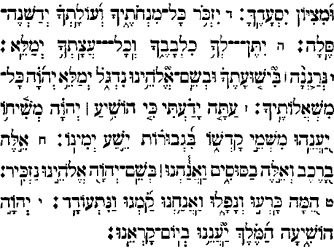
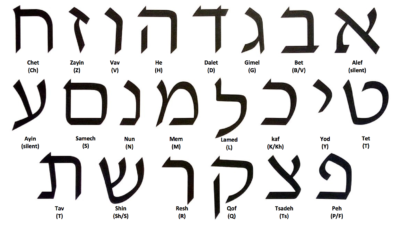
So when we say words are ‘not decodable’ – this is not true. We can decode them, it is just that children may not have learnt all the spellings to decode them yet.
So how should we teach high-frequency words with complex spellings?
We should teach them like an incomplete puzzle. Parts of the puzzle the children will already know, e.g. in the word ‘said’ they will known the spelling for the sound /s/ and the spelling for the sound /d/. The teacher can insert the missing piece of the puzzle: “this (pointing to the spelling ‘ai’) spells /e/. Now you put the puzzle together… /s/ /e/ /d/ >>>> ‘sed’.
Below is an example of how to teach the word ‘said’. We now know that teaching children to map words, sounds/letters (‘orthographically’) will help them teach themselves new words (Share’s Self Teaching Hypothesis, 1999).
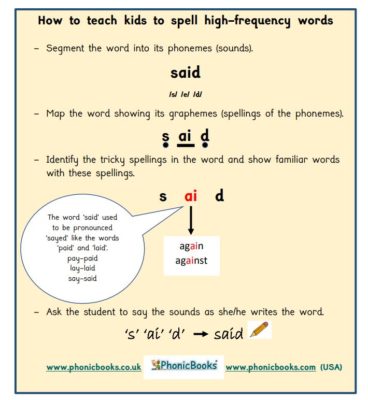
This way children learn that all words are puzzles and as we learn to read, we can figure more and more of them out. Here’s a thought – maybe we should call these high-frequency words ‘puzzle words’?
To see our free graphics on how to teach high-frequency words, click on the links below:
#highfrequencywords #sightwords #teachsightwords #commonexceptionwords #structuredliteracy #systematicphonics


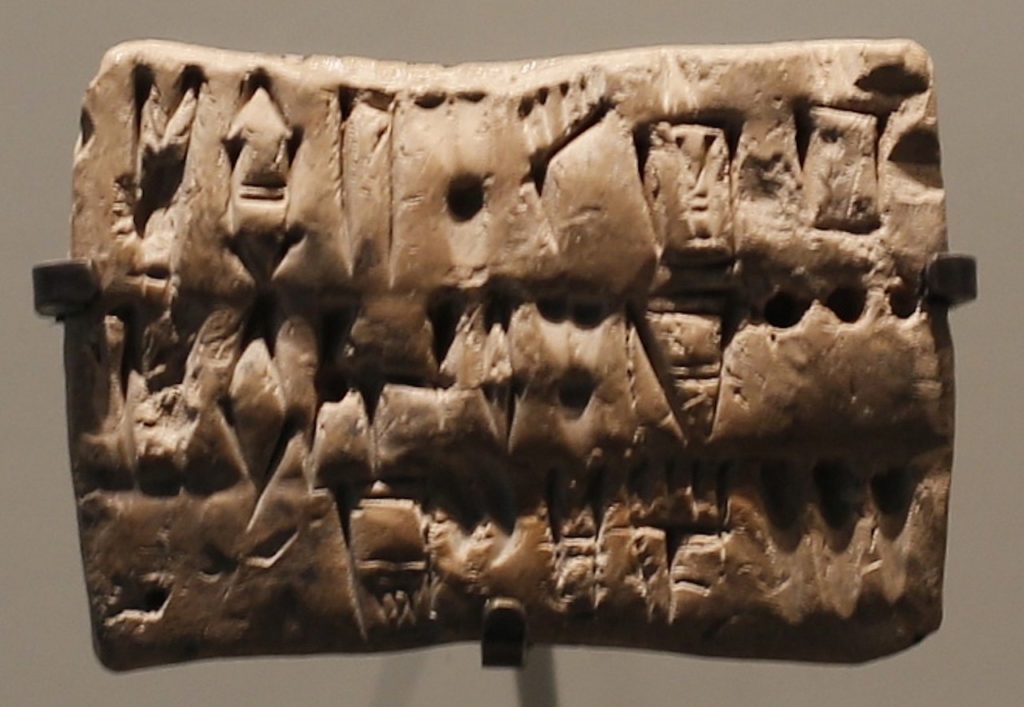
Hi,
Do you have a scope and sequence with HFW linked to it from your Dandelion series?
Our scope and sequence can be found here. Unfortunately we do not have the HFW listed on this document at this time, although we are working towards this. If you have a set of our Teacher Notes, there is a table with the scope and sequence and HFW listed within it. If you don’t have a copy of the Teacher Notes, please email the office with your details and we’d be happy to send one to you.